GALFOR is a project of Galactic archaeology (ERC-2016-STG, 716082) to address such hot topics of modern astrophysics. We will exploit the unique dataset that the Hubble Space Telescope and the major ground-based facilities have collected for us to investigate a huge number of Galactic and extra-Galactic star clusters and their stellar populations. GALFOR will study the star clusters that we observe today to shed light on the series of events that occurred at high redshift and led to the formation of the globular clusters and of their multiple populations.
Photo by rawpixel on Unsplash
GALFOR
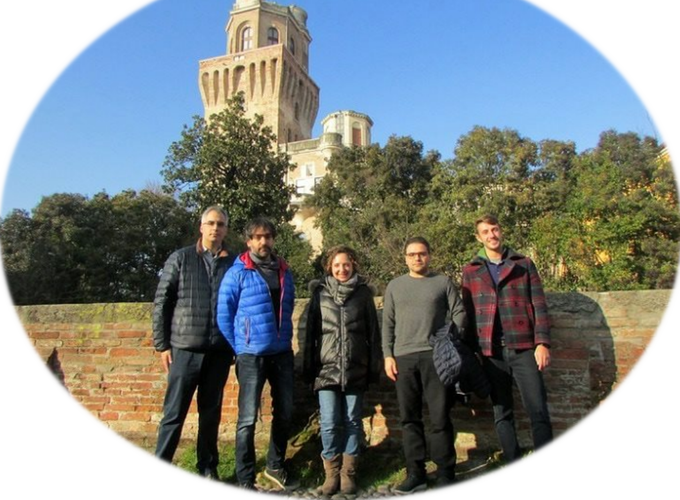 Photo by rawpixel on Unsplash
Photo by rawpixel on Unsplash
GALFOR
Publications
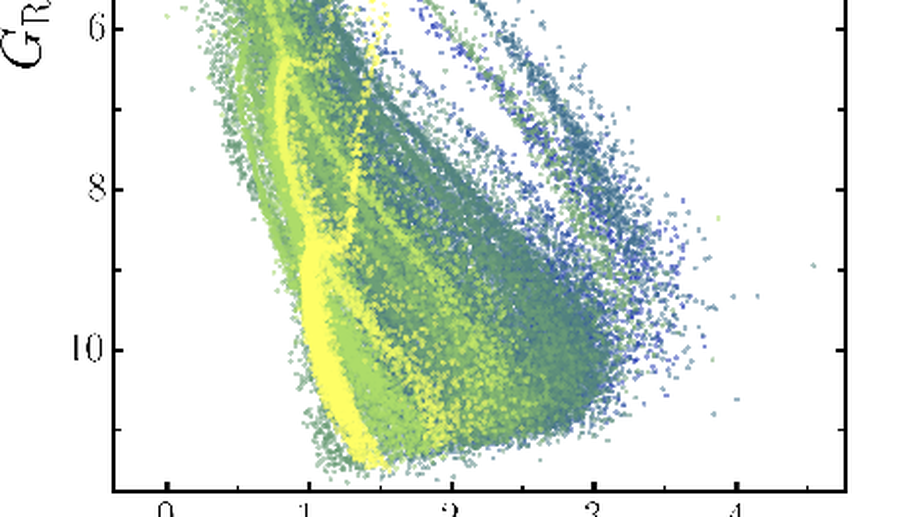
Photometric binaries, mass functions, and structural parameters of 78 Galactic open clusters
Photometric binaries, mass functions, and structural parameters of 78 Galactic open clusters

Hubble Space Telescope survey of Magellanic Cloud star clusters. Photometry and astrometry of 113 clusters and early results
Homogeneous HST photometry and astrometry of 113 clusters revels unexpcted results in the context of young star clusters in the Magellanic Clouds
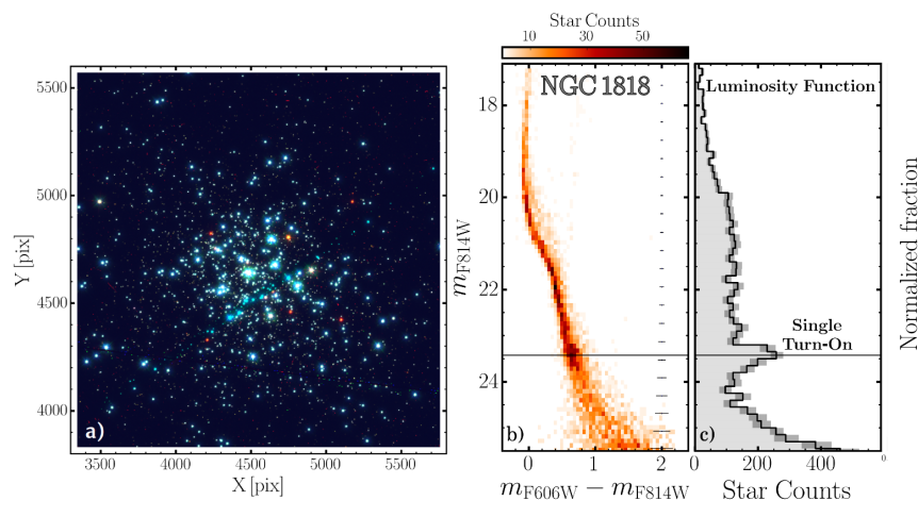
NGC1818 unveils the origin of the extended main-sequence turn-off in young Magellanic Clouds clusters
The turn-on in the 40 Myr-old cluster NGC1818 exclude the presence of possible age differences among cluster stars, unveiling the origin of the extended main-sequence turn-off in young Magellanic Clouds clusters
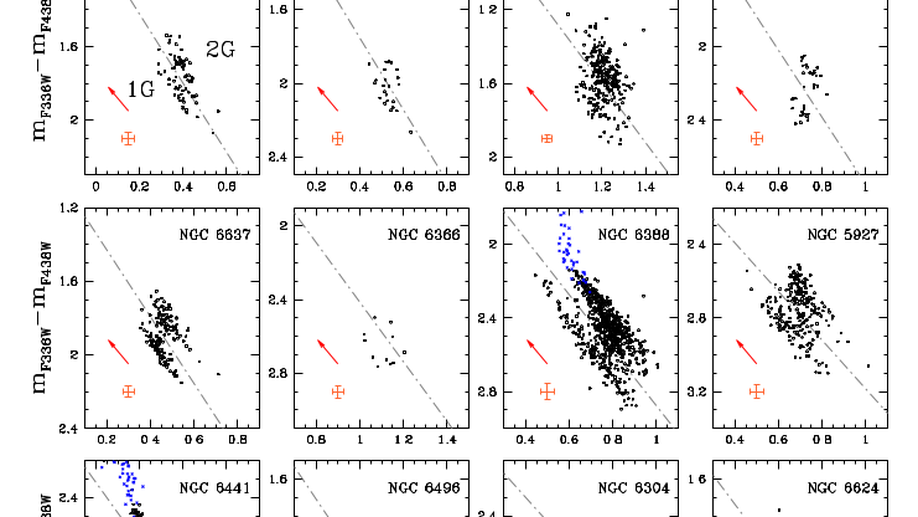
Multiple stellar populations along the red Horizontal Branch and Red Clump of Globular Clusters
Multiple stellar populations along the red Horizontal Branch and Red Clump of Globular Clusters
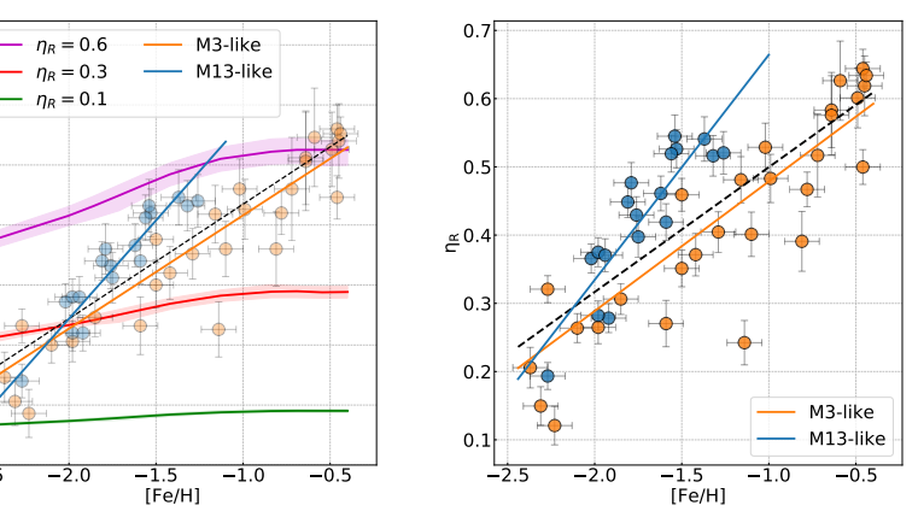
Mass loss along the red giant branch in 46 Globular Clusters and their multiple populations
A chromosome map to unveil stellar populations with different magnesium abundances. The case of Omega Centauri
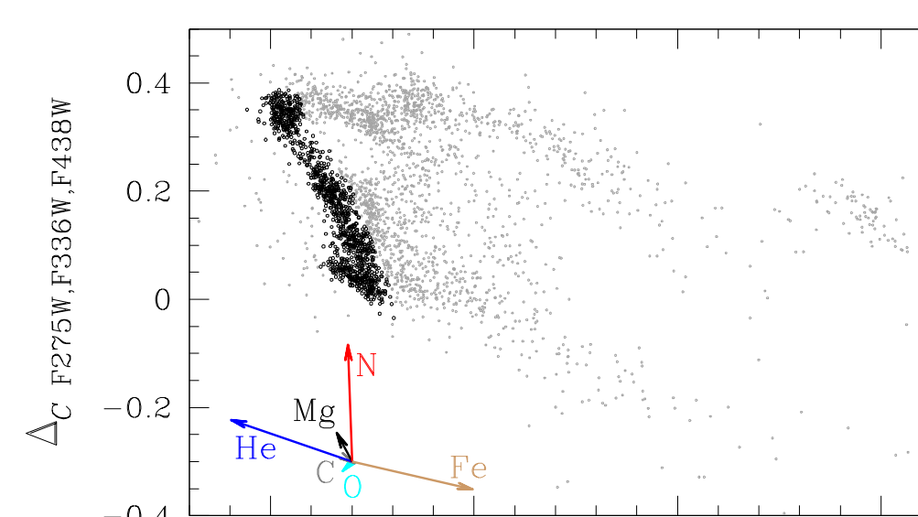
A chromosome map to unveil stellar populations with different magnesium abundances. The case of Omega Centauri
A chromosome map to unveil stellar populations with different magnesium abundances. The case of Omega Centauri

The Hubble Space Telescope UV Legacy Survey of Galactic globular clusters - XXI. Binaries among multiple stellar populations
The Hubble Space Telescope UV Legacy Survey of Galactic globular clusters - XXI. Binaries among multiple stellar populations
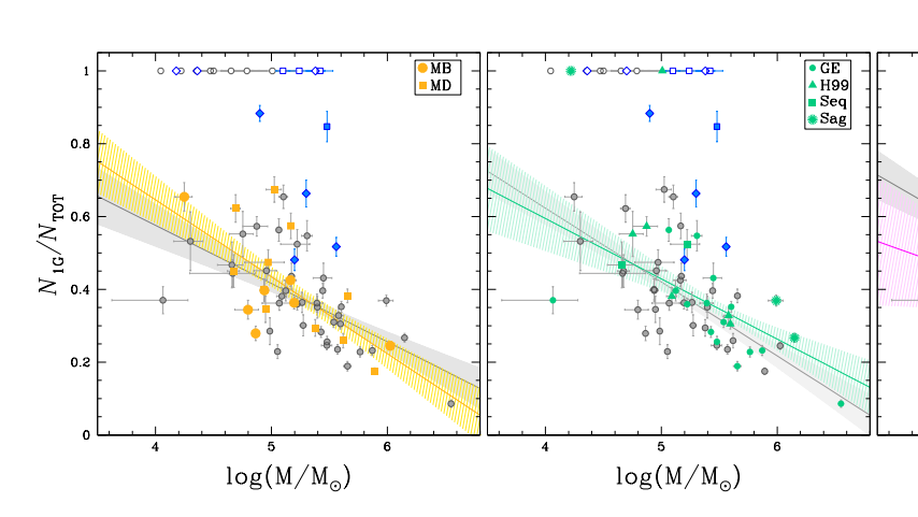
Multiple populations in globular clusters and their parent galaxies
By exploiting recent work based on Gaia, half of the known Type II GCs appear clustered in a distinct region of the integral of motions space, thus suggesting a common progenitor galaxy. Except for these Type II GCs, we do not find any significant difference in the MPs between clusters associated with different progenitors.
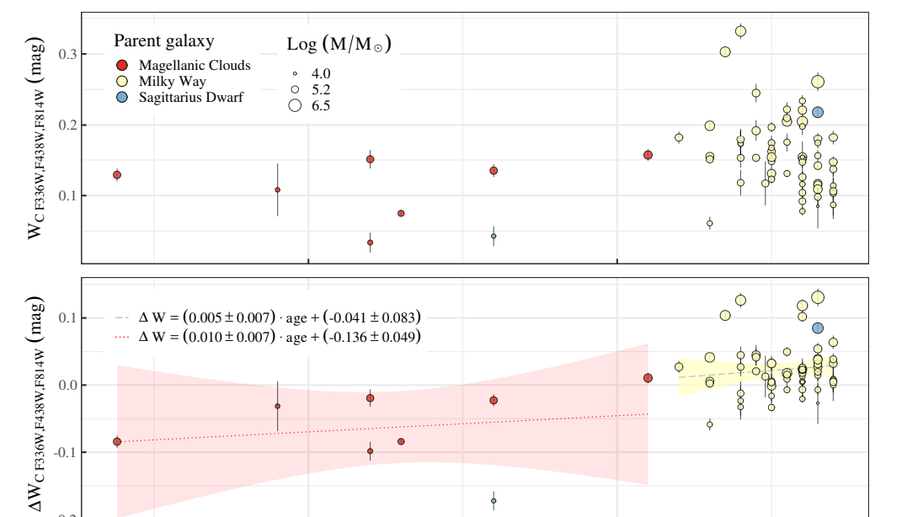
The Role of Cluster Mass in the Multiple Populations of Galactic and Extragalactic Globular Clusters
Similarly to Galactic GCs, the RGB width of Magellanic Cloud (MC) GCs correlates with cluster mass after removing the dependence from metallicity. This fact demonstrates that cluster mass is the main factor affecting the properties of MPs.
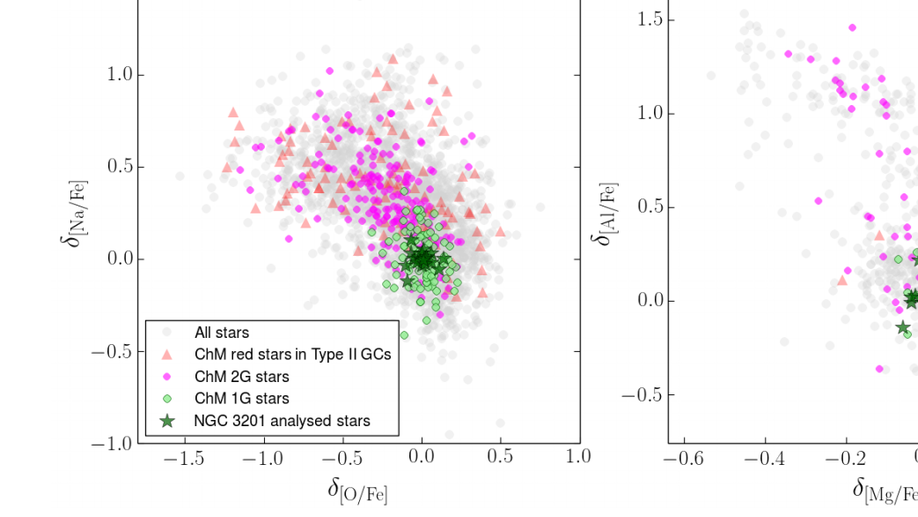
Chemical Abundances along the 1G Sequence of the Chromosome Maps: The Globular Cluster NGC 3201
We suggest that a small variation in metals and binarity governs the color spread of the 1G in the ChM and that evolved BSs contribute to the bluest tail of the 1G sequence.
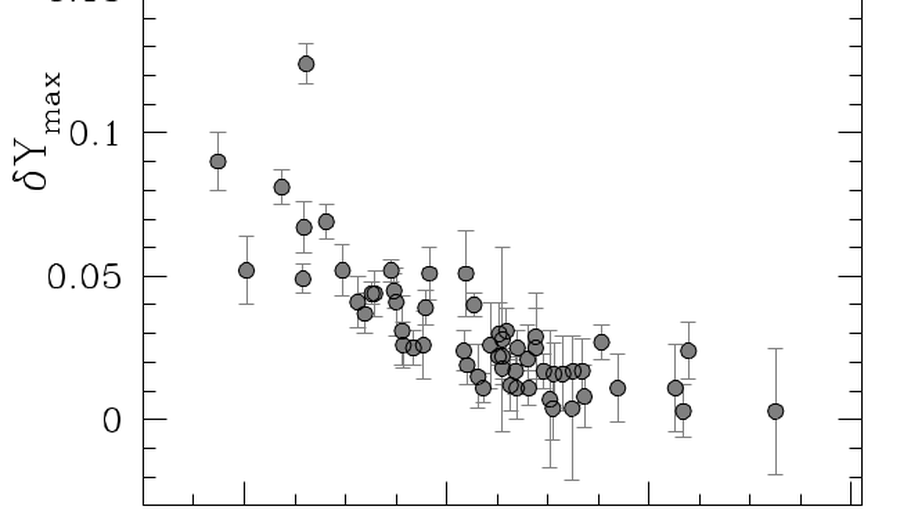
Four stellar populations and extreme helium variation in the massive outer-halo globular cluster NGC 2419
A new economic combination of HST filter reveals the presence of four stellar populations with extreme Helium variations in the massive outer-halo globular cluster NGC2419.
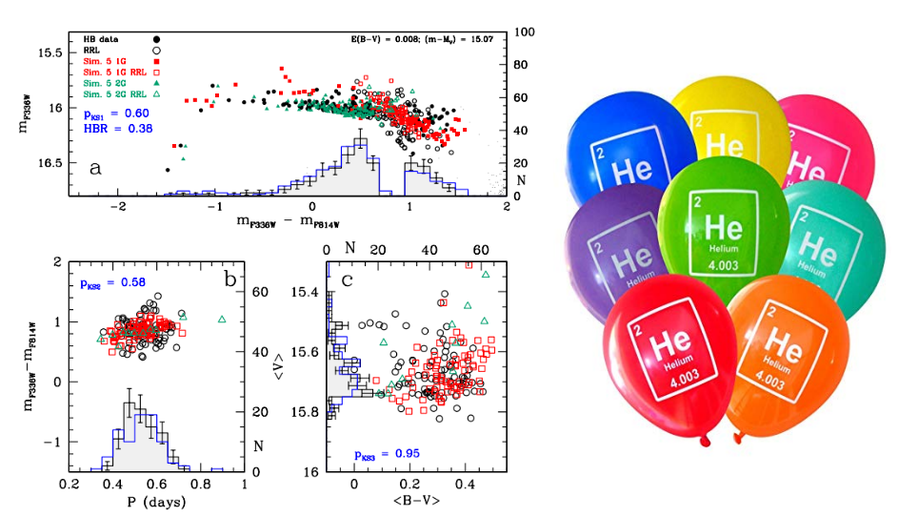
Is helium the key parameter in the extended colour spread of the first generation stars in M3?
Internal variation of helium content cannot reproduce all the observational constraints at the same time. The origin of the first generation colour spread is therefore still without a straightforward explanation.
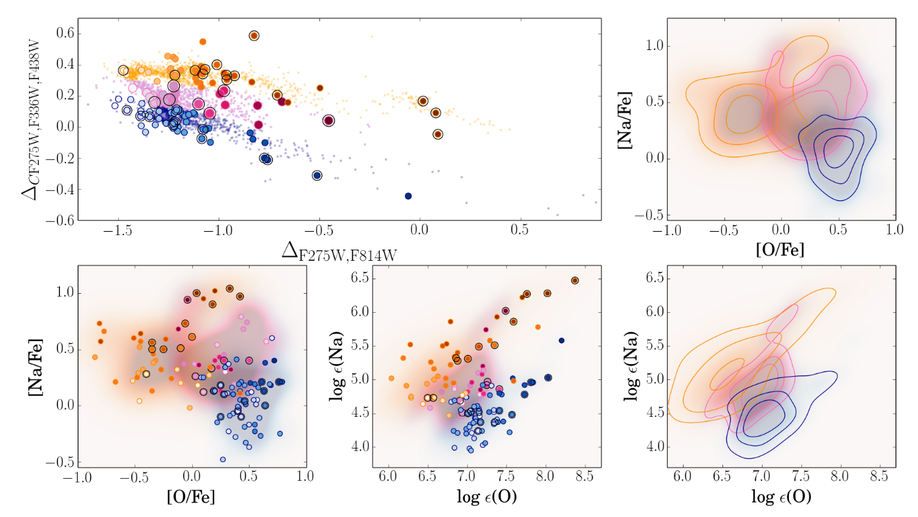
The Hubble Space Telescope UV Legacy Survey of Galactic Globular Clusters. XIX. A Chemical Tagging of the Multiple Stellar Populations Over the Chromosome Maps
Chemical Tagging of the Multiple Stellar Populations Over the Chromosome Maps
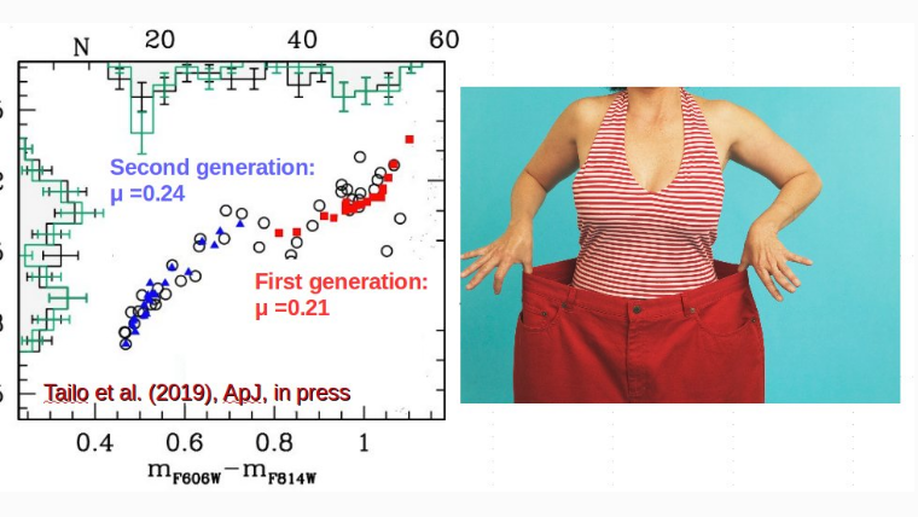
Mass Loss of Different Stellar Populations in Globular Clusters: The Case of M4
New analysis of the HB branch reveals breaks the degeneracy on the horizontal branch. Second generation stars need to lose more mass than first generation stars
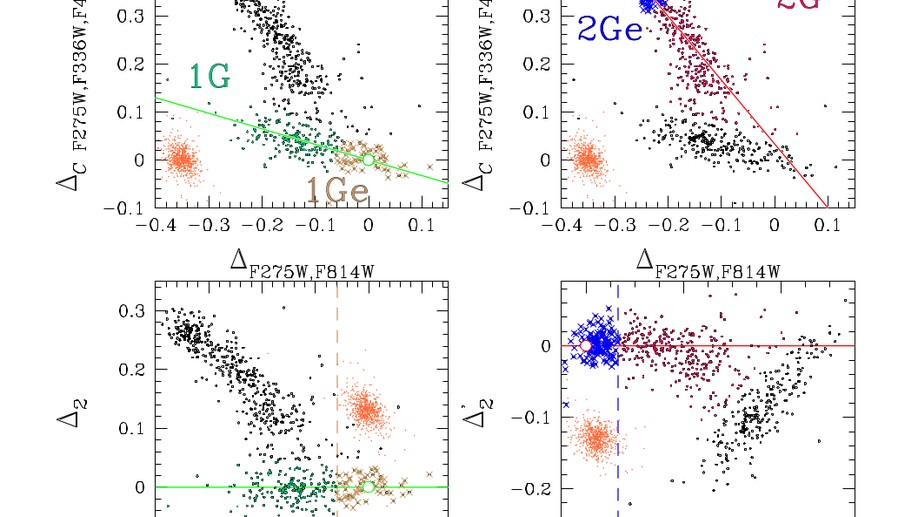
The Hubble Space Telescope UV legacy survey of galactic globular clusters - XVI. The helium abundance of multiple populations
Helium variations in multiple stellar populations for 58 galactic globular clusters